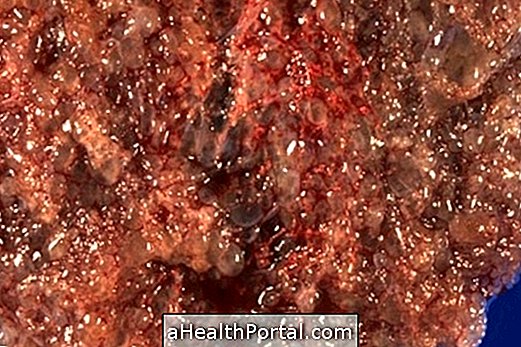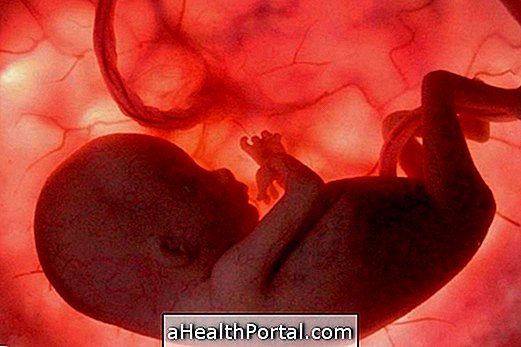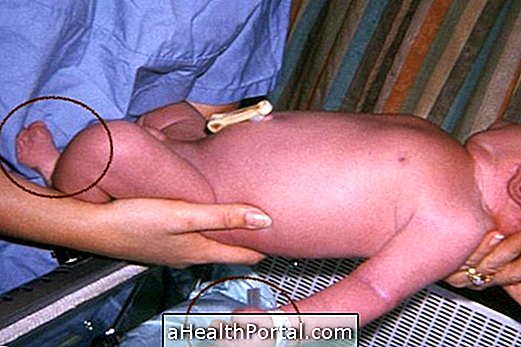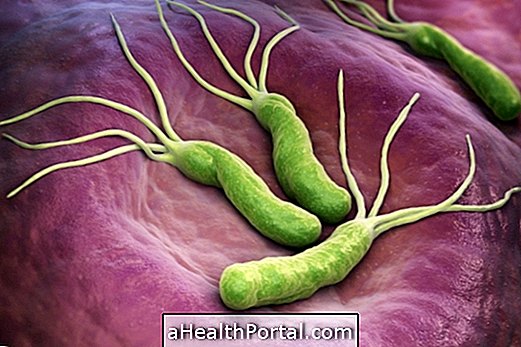Spring pregnancy, also called a molar pregnancy or hydatidiform mole, is a rare pregnancy complication that leads to spontaneous abortion and can be classified as complete or partial.
In full-term pregnancy the fetus receives only the father's cells duplicated and in the partial the fetus receives the duplicate cells from the father plus the cells from the mother. These changes form a tangle of cells similar to clusters of grapes in the woman's uterus, causing malformation of the placenta and fetus, and there is no possibility of becoming a baby.
This set of abnormal cells can spread and generate complications, such as cancer, for example. See: Pregnancy Molar can cause Cancer.
Symptoms of pregnancy in spring
Symptoms of pregnancy in the spring may be similar to those of a normal pregnancy, such as menstrual delay and morning sickness, but after the 6th week of gestation there may be:
- Exaggerated enlargement of the uterus;
- Severe vaginal bleeding or not;
- Abdominal and back pain.
The diagnosis of molar pregnancy is made through a blood test, which shows very high amounts of the hormone Beta HcG and through the transvaginal ultrasound, which shows the malformation.
The causes of pregnancy in spring are not yet fully known, but it is believed to occur when the ovum is fertilized by 2 spermatozoa at the same time.

The photo represents the placenta with structures in bunch of grape, which is the characteristic of the pregnancy in spring.
What can cause molar pregnancy
The causes of the molar pregnancy have not yet been clarified, but it is known that the error can occur when 2 sperm fecundate the same egg.
Treatment of pregnancy in spring
The treatment of the pregnancy in spring can be done with the use of medicines that cause the abortion or aspiration uterine, which consists of the suction of the interior of the uterus, to totally remove the abnormal cells.
Some women even after curettage may remain with embryo cells inside the uterus and these may turn cancer. If she is diagnosed with a malignant tumor, treatment should be performed on the basis of chemotherapy or surgery, and she should be tested for Beta HcG blood for 1 year.
The woman who had a molar pregnancy should wait about 1 year before becoming pregnant again, with the risk of re-experiencing pregnancy in spring is very small, about 1%.






















